You’ve heard the wry pronouncement, “There are only two plots in the world: someone takes a journey, and a stranger comes to town.” And then someone inevitably replies “That’s the same story. It all depends upon the point of view.” If there are only two stories in the universe, and possibly only one, what makes the story special? And who does the story belong to?
A book I read recently (The Plot, by Jean Hanff Korelitz) made me think about this question: if somebody told me a really great idea for a book that they were writing, and no one else knew about it, and then that person died … could I use it? Would I use it?
My first thought, instantly, was “absolutely not,” but then came, “well, why not? Who does it belong to?” Should that great idea simply vanish into the ether? Although I could not articulate the reason, it seemed vaguely wrong.
West Side Story, however, is Romeo and Juliet, and unabashedly so. The clever A Thousand Acres, by Jane Smiley, is the story of King Lear. Someone told me that Philip Pullman’s His Dark Material stories are Milton’s Paradise Lost. I read them, voraciously, and didn’t realize it. Back to school for me, I guess. So what makes a classic story? And why does it seem, in some situations, that it’s not only acceptable but brilliant to riff on them?
Gregory Maguire’s genius Wicked takes the characters in The Wizard of Oz and tells us what happened before the book. It’s riveting and changes the way we think of the story forever. Pride and Prejudice and Zombies, by Seth Grahame-Smith and Jane Austen, we’re told, made us laugh at the audacity, and then devour it.
Some stories are timeless. Some plots are timeless. Certainly, emotions are timeless. Some stories become classics, but when we say “classic” do we mean beloved, relatable, delightfully debatable or endlessly fascinating? And if you change the point of view, the location, the century or the ethnicity, couldn’t that actually make the original story better? Not diminished, but enhanced?
For instance, how about these original takes on classics?
So do those classics “belong” to anyone? Maybe they belong to our imaginations; and, we hope, their originators would be delighted that their stories seemed so real and rich that new writers could not resist telling them again.
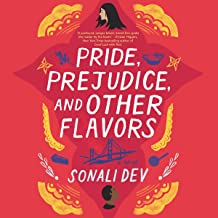
Pride, Prejudice, and Other Flavors: A Novel by Sonali Dev
Jane Austen’s books — wise and witty and thoughtful and thought-provoking — are ripe for retelling. ’s Pride, Prejudice, and Other Flavors: A Novel is the Indian-American version of the classic Austen book. In Ayesha at Last, Uzma Jalaluddin gives it a South-Asian, Muslim and Canadian spin. Curtis Sittenfield’s oh-so-contemporary and hilarious Eligible moves it to Cincinnati and reality TV. Longbourn, by Jo Baker, tells the story from the Bennet servants’ point of view. And Eden Appiah-Kubi’s upcoming The Bennet Women moves three diverse “sisters” to the Bennet House, the only women’s dorm at prestigious Longbourn University.
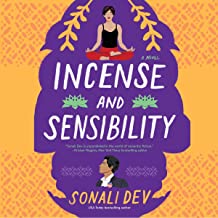
Incense and Sensibility by Sonali Dev
And continuing the Austen theme, is about to release Incense and Sensibility. Bringing a political twist to the classic, it’s an intense and gorgeous story about the first Indian-American candidate for governor of California and a single tragic moment that changes his life. Pride, power, ambition and love are timeless, as Dev so cleverly proves. There’s also Sense and Sensibility and Sea Monsters, in which Ben Winters adds huge lobsters and rampaging octopi.
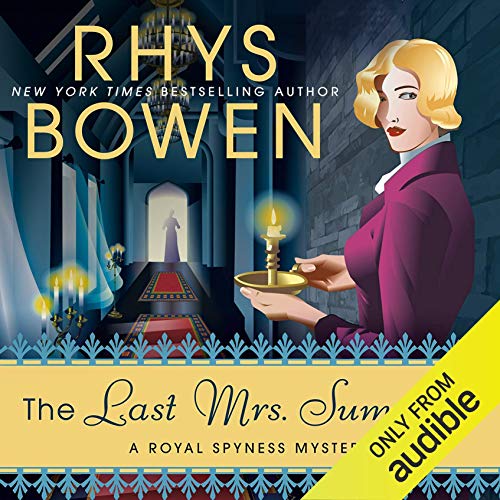
The Last Mrs. Summers (A Royal Spyness Mystery) by Rhys Bowen
Rebecca lives, too, in modern retellings. The Last Mrs. Summers (A Royal Spyness Mystery), by Rhys Bowen, is funny and quirky in 1935. There’s also Her Dark Lies, the gothic and chic and contemporary thriller by J.T. Ellison. Both are treats to read on their own, but knowing Daphne Du Maurier’s “real” story of the first Mrs. de Winter (and the second) makes these even more entertaining.
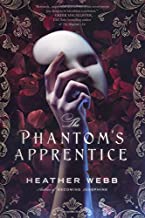
The Phantom’s Apprentice by Heather Webb
If you believe that the story depends on who’s telling it, then giving a supporting character the spotlight and flipping point of view is a terrific idea for a novel. Heather Webb’s suspenseful and inventive The Phantom’s Apprentice is the version of Gaston Leroux’s The Phantom of the Opera through Christine Daaé’s eyes, voice and motivation. The new Nick by Michael Farris Smith reveals the life of Nick Carraway before he met Jay Gatsby and friends.

The Maidens by Alex Michaelides
Alex Michaelides says his The Maidens has elements of the myth of Iphigenia. He was inspired by Iphigenia at Aulis by Euripides and the themes of sacrifice and grief. The Penelopiad is Margaret Atwood’s retelling of Homer’s The Odyssey from Penelope’s perspective. Once you know both sides of the story, the original will never be the same. The Odyssey is also the foundation for Madeline Miller’s Circe. Miller introduced millions to the story of this diabolical sorceress. In rethinking her role in the tale, Miller brilliantly takes the powerful and strong woman and makes her the star.

nd Then There Were None by Agatha Christie
Agatha Christie has library shelves full of homages to her books. And Then There Were None, just for one, inspired some terrific “disparate guests thrown together and trapped by external situation” stories. They All Fall Down, by Rachel Howzell Hall, utilizes an island, and One by One, by Ruth Ware, sets the stage at a ski lodge. Two riveting locked-room stories are set on airplanes: Clare Mackintosh’s Hostage and T. J. Newman’s Falling. All four books work brilliantly, with the same genesis but very different results.
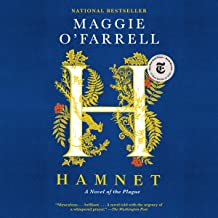
Hamnet by Maggie O’Farrell
Shakespearean variants would fill a whole separate article, but everyone should read Maggie O’Farrell’s fictional look into the life of William Shakespeare and his devotion to his son Hamnet. We know the story of Shakespeare’s Hamlet, but did he get the idea from his own life? Warning: bring tissues.
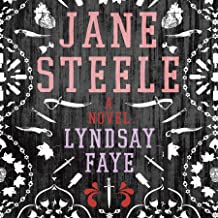
Jane Steele by Lyndsay Faye
Jane Eyre is also hot property. In Jane Steele, Lyndsay Faye wonders what would have happened if Jane were an accidental serial killer. “Reader, I murdered him,” she tells us. Lauren Blackwood’s Ethiopian-inspired debut fantasy retelling Within These Wicked Walls makes Jane a debtera, an exorcist hired to cleanse households of the Evil Eye. And in The Wife Upstairs, Rachel Hawkins makes Jane a down-and-out dog walker who arrives at Thornfield Estates and meets the mysterious Eddie Rochester. It’s irresistible.





Thanks for all the recommendations! Great summer reading.